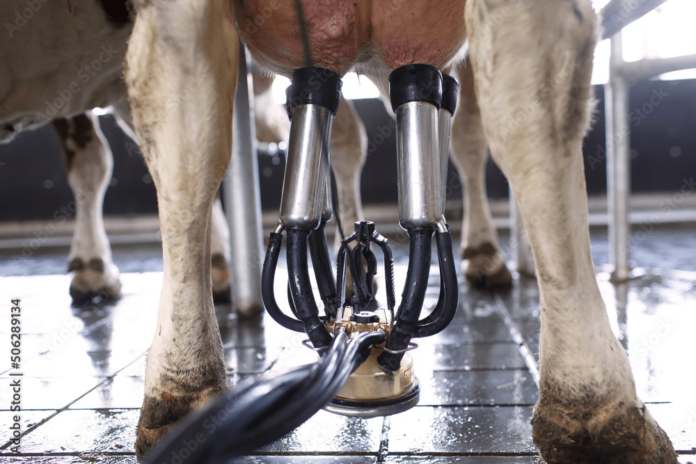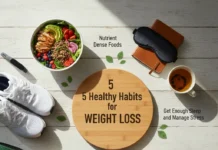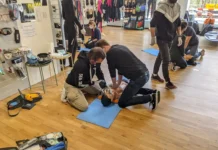In agricultural operations, we prioritize the safety and well-being of both farm animals and workers. Crucial to facilitating various tasks–such as feeding, handling, transportation, and containment–is farm animal equipment. Yet if we don’t implement proper safety measures: this equipment can threaten humans’ and animals’ welfare; result in injuries; and induce stress on all parties involved – a situation that compromises overall health significantly.
Understanding the Risks
Farm animal management requires a variety of tools and systems such as handling systems, sorting lanes, different types of chutes, strong gates, and diverse vehicles for transport. In this varied collection of machines, each individual element is endowed with a unique set of risks including fingers and limbs that can be caught, getting tangled in pieces, even falls and collisions. These hazards are multiplied by the enormous size and strong form of the beasts, especially cows, which increase the potentiality of injuries that may be severe. Consequently, those risks are big enough to pose health issues to agricultural workers who are responsible for their daily control and maintenance.
Compliance with Regulations
The Occupational Safety and Health Administration (OSHA) in the United States as well as other regulating agencies outlines the guidelines and standards for farm equipment safety. The regulations are aimed at defining the minimum requirements for equipment design, installation, maintenance, and the training of the workers so as to avoid accidents in the workplace. To dodge penalties; liability claims–and the resultant reputational harm from safety infractions: agricultural operators have no other choice but to comply with these regulations.
Training and Education
Central to the safety of farm animals in care is not only the basics of proper training but also continuous learning. These individuals must receive competent education on safe operation protocols, fast response to dangers, and the required safety measures to be taken when emergencies arise. In addition, operating educational initiatives, which help keep up with new equipment technology as well as with current safety regulations is essential. By merging the latest information with existing best practices, these educational programs have played an essential role in giving the workers what they need to make intelligent choices that eventually improve their work safety.
Designing for Safety
Farmer tool manufacturers see the crucial part that farm animals’ equipment design plays in preventing risk and safe operation. They concentrate on aspects such as structural integrity, material strength, and ergonomics in order to enhance usability and reduce risks. Take for example a cattle gate– their reinforced build will withstand the big force exerted by the animals – solid proof of their reliability. Objects with edges and surfaces that are round and smooth provide additional safety from injuries to handlers and animals alike during utilization.
Routine Maintenance and Inspections
The farm animal equipment’s continuous safety and efficiency can only be guaranteed through constant inspection and maintenance. Farm owners must develop routines and schedules to take care of these malfunctions, mechanical problems, and structural integrity concerns on time. A comprehensive inspection—encompassing all equipment components such as moving parts, electrical systems; and even structural elements—is necessary for identifying potential hazards effectively: besides that, this preventive measure reduces the probability of the accidents appearing in the first place.
Risk Assessment and Hazard Mitigation
A proactive approach to identifying potential hazards associated with farm animal equipment involves conducting thorough risk assessments: Such goals typically consider variables that are not limited to equipment design, environmental conditions, and worker behaviors. Farm managers will be able to identify the areas of concern and thus be able to implement suitable mitigation measures. Potential interventions may encompass the installation of safety guards; the enforcement–through traffic control measures–of enhanced workplace safety, or even modification in equipment design: everything designed to remove tight spots or trap situations.
Promoting a Culture of Safety
Safety must be emphasized in every aspect of farm management–equipment selection and maintenance, workflow management and employee training are all crucial to instilling responsibility and accountability in farm workers. Farm managers must cultivate a culture of safety: The steps here involve open communication, acknowledging near misses, and asking employees to participate in safety efforts; these activities make workers internalize their individual security and that of their colleagues by giving them the power to own it.
Investing in Safety Technology
Innovative technologies, carrying the torch of inventiveness, pioneering the way for the major safeguard of the equipment for the care and management of farm animals. Sensor-based systems have arisen that provide a continuous and immediate monitoring of operational metrics and through this, they can detect and fix any probable problems or risks related to the safety before they worsen. Furthermore, these systems get automation and remote management involved—an aspect that eventually reduces the need for human involvement in risky tasks. This reduces the chances of occurrence of risk and increases the efficiency and productivity of the company.
Collaboration and Knowledge Sharing
The critical enhancement of farm animal equipment safety requires a united effort from various industry participants: such as the equipment manufacturers, farmers and operators of farms; the government regulatory bodies, and the specialists in safety measures. Through the process of sharing knowledge, which includes both best practices and lessons learned, these parties may work together to deal with and overcome the safety challenges of the environment. In addition, this partnership drives innovation, which is one of the major sources of inventing comprehensive solutions that would improve overall production in the agricultural industry. Various platforms such as industry conferences, educational workshops—and even digital online forums—are instrumental in promoting dialogue and cooperation: they play a critical role in developing a culture with its roots in ongoing improvement in the sphere of farm animal equipment safety.
Prioritizing safety in the equipment selection process, operation and maintenance is a multi-dimensional task. It involves design, regulation, training, and even culture and traditions. Through this process, animal and worker wellbeing are given more importance which not only improves efficiency but productivity within the farming systems as well. Through continual education: cooperation, or the fact that the adoption of safety technologies can – eventually empower the agricultural industry towards safer and more sustainable practices. This will give all stakeholders who are involved in food production a secure future.







